CITÉ ÉCOLOGIQUE ECOVILLAGE - OASIS DE VIE
QUICK FACTS

Where: Colebrook, New Hampshire, USA (with sister community in Ham-Nord, Quebec, Canada)
Who: 33 permanent residents (spanning 3 generations) and 3 under trial period (approx. 85 members in the larger Ham-Nord, Quebec site)
What: Ecovillage supported by 'mindful' businesses
When: Oct 8-22
Website: Colebrook, NH - http://citeecologiquenh.org/ , Ham-Nord - http://citeecologique.org/)
The Roots:
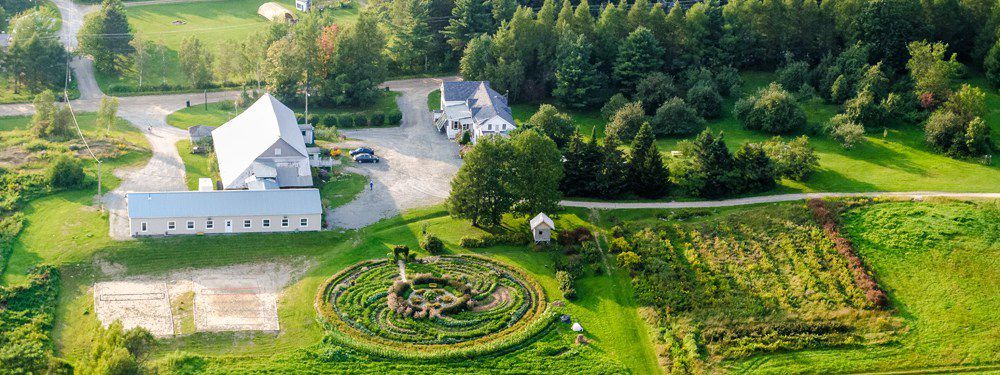
Cité Écologique is an established ecovillage with two main sites (one in New Hampshire, USA, formed in 2003 and one in Quebec, Canada, formed in 1984) which came together under the mantra of love, kindness and harmony focusing on education, sustainable development and a respect for all living things.
BACKGROUND

Cité Écologique was first founded by Michael Deunov and about 30 families from different backgrounds which came together and found the site (approx. 330 acres) in Ham-Nord, Quebec, Canada in 1984. The families had a common bond in wanting to live as a community to ensure the well-being of all its members, to support each other and to have their children grow up in a safe environment, with good education for their children. They valued alternative types of education such as those developed by A.S. Neill, Steiner and Omraam Mikhael Aivanhov to give their children a more experiential education focusing on love, kindness, harmony and respect for all living things.

As the community continued to grow, the decision was made to start a sister site in the USA and they purchased a parcel of approximately 315 acres of abandoned farmland in 2003. Several families from the Ham-Nord village moved to New Hampshire to start up the site and even today there is a constant closeness and movement of community members between the two sites.
During our 2 weeks with Cité Écologique, although we visited the community in Quebec, the majority of our time was spent at the Colebrook, New Hampshire site which will be the main focus of this post.
COMMUNITY
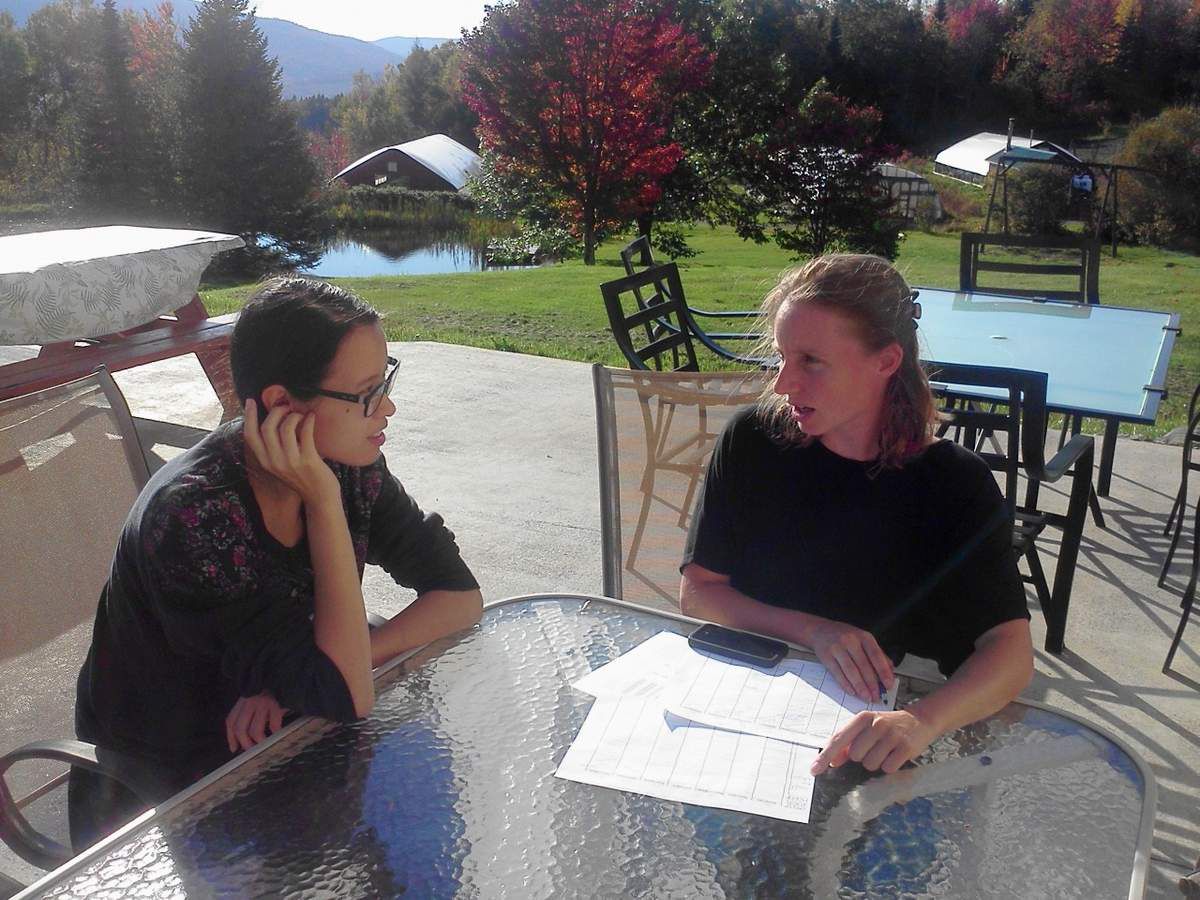
Because Cité Écologique is an established ecovillage (over 30 years old) with many different people (three generations and over 100 people between the two sites!) they have organized themselves in different committees, such as Food & Health, School & Education, Finances, to ensure everything is taken care of efficiently and effectively. These committees report back to the community (and the other committees) on a regular basis to ensure the whole system continues to work smoothly and is still meeting the goals and intentions of the community. Decisions are made by the community as a whole on an 80% majority vote at their bimonthly meetings. Every member is emailed the topics beforehand and which decisions will be voted upon. The 80% majority vote is based only on the community members who attend the meeting. Although everyone is encouraged to attend, not everyone can be at every meeting. This method makes it so everyone is informed and the decision making process continues without agenda items being stalled for months.
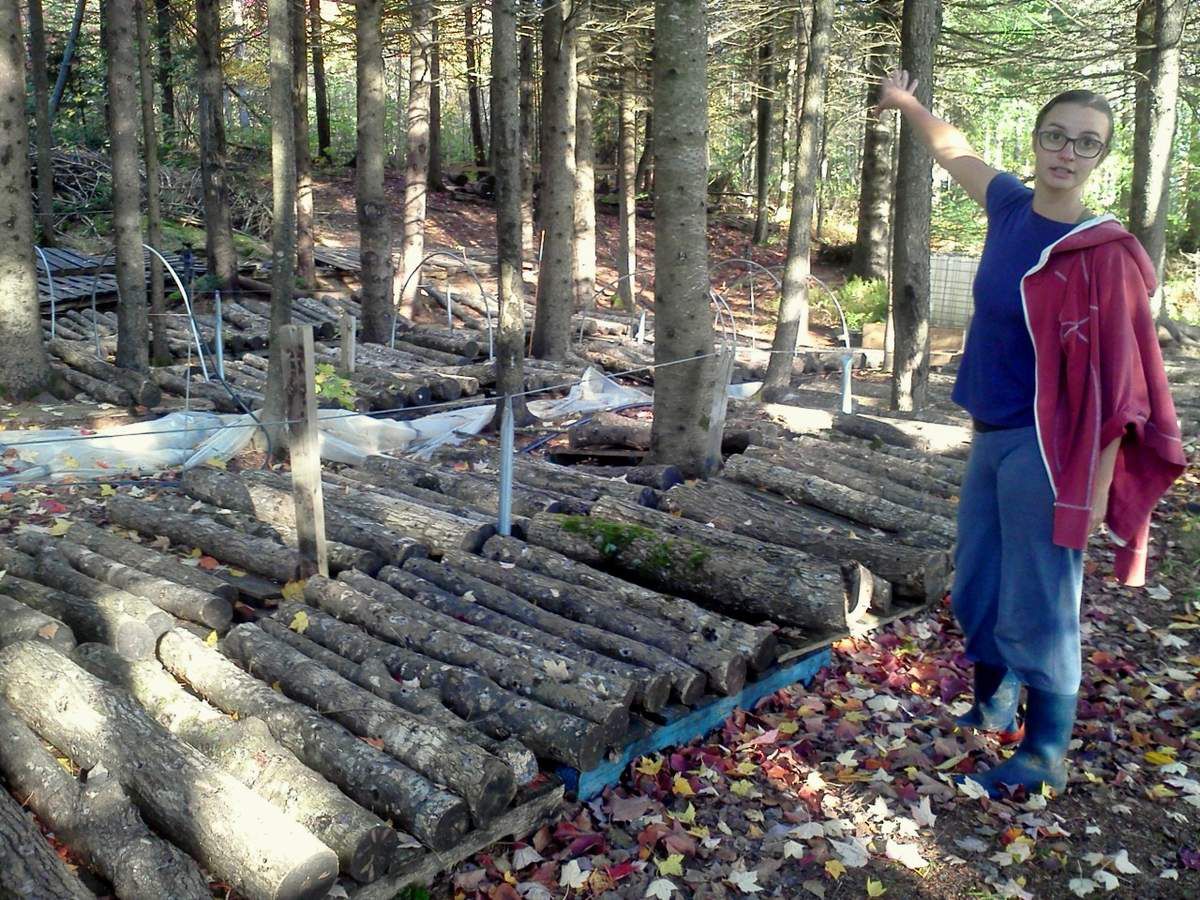
Cité Écologique also recognizes the importance of sharing knowledge and experiences. They feel it is very important for themselves and their teenage members in particular to take time to visit other ecovillages and places around the world and invite outsiders to experience Cité Écologique as well. This enables them to see that other ways of living are possible, to form ideas and their own opinions and of course to share knowledge and strengthen ties with other communities with similar beliefs on sustainable lifestyles.

On a more personal basis, the community members are comfortable in their ways of organization and value diversity, so they do not have very many issues with conflicts between individuals. When these types of issues do arrise however, there are designated individuals that members can ask to act as a mediator and who are trained in resolution strategies. From a very young age, children are taught to 'know themselves' and recognize their strengths and their weaknesses which then helps them to work with and live better with others.
BUSINESSES

In addition to having a harmonious relationship between members, founder Michael Deunov had also realized that economic sustainablity was essential to support a successful and self-sustaining ecovillage. The decision was made to have businesses onsite where the community members could work and bring in the economic means to support themselves. They started a wholesale distribution business for 'meaningful gifts' and called it KHEOPS International.

Their first products were a handmade glass pyramid which is still one of the most popular gifts and the catalogue, Incense holder and candle holder,has grown to thousands of products all sourced by fair and sustainable businesses around the world. They also had a sewing company which has been transformed into a high-end sustainable clothing line (now called Respecterre ) after this type of work was transferred to overseas companies, making it unprofitable in the US and Canada. At the New Hampshire site, there are over 8 businesses, including a recycling company, photographer/design firm, health/life coach and a non-profit organic farm. One of the most important businesses, after Kheops international is that of the Ecovillage Institute and Learning Center which provides educational classes and internships on communities and sustainable living. In the near future, they plan to have educational programs for organic farm apprentices and also a one year immersion program on starting an ecovillage.
LAND & FARM
At the turn of the 20th century, the Cité Écologique's site had been a dairy farm. It was later abandoned and then became a Christmas tree farm (which was heavily subsidized by the government) but then went bankrupt in the 1990s. Cité Écologique was able to purchase the 315 acres in 2003.

The site is located in the White Mountains of the Appalachian Mountain Range in the northwestern corner of the state of New Hampshire, approximately 15 miles (20 km) from the Canadian border. The land has consistent rainfall and moisture, there are streams running through and 3 wells on site. The land is hilly and mainly forested with a mixture of coniferous and hardwood trees including the "Sugar Hill" area where the community has tapped and created a network of tubes connecting over 150 sugar maples to their maple sugar hut producing about 100 gallons of maple syrup per year.

The community has also planted over 100 hazelnut bushes in this area to help mimic the natural ecosystem while providing another food source for the community.
The Non-Profit Farm consists of 3 acres of organic veggies small fruits and fruit trees, 50 egg layers and 2 flocks of broiler chickens and 4 greenhouses. Two of the greenhouses are 3 season greenhouses and one is a 4 season house.

The four season house uses a wood stove to warm water that is then pumped through tubes buried 3 feet (1m) deep into the soil. The soil then acts as thermal mass to help heat the greenhouse and gives plant roots some extra warmth.
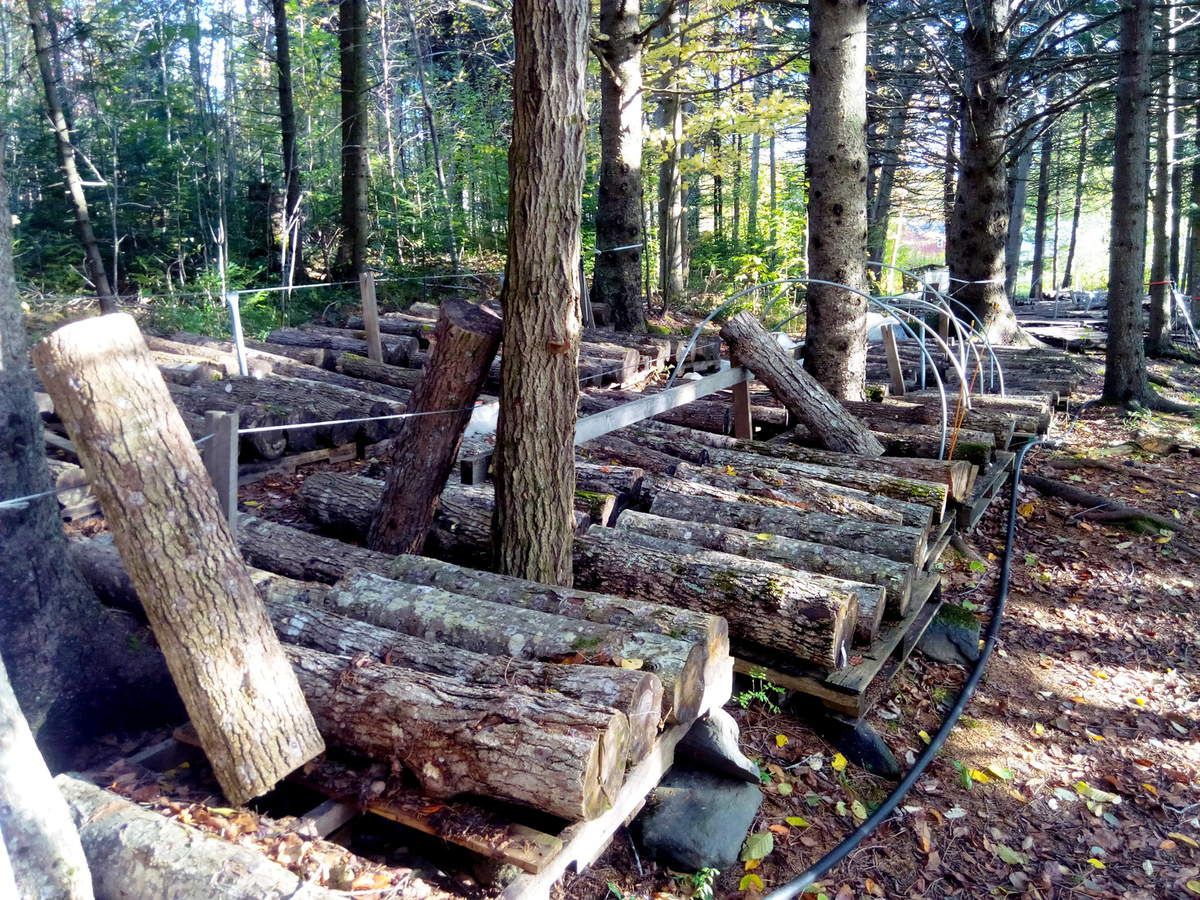
The fourth greenhouse (also heated) is a smaller house used for seed propagation in the spring and summer and curing in the fall.
They also inoculated logs with different varieties of shiitake and oyster mushroom mycellium. The logs are immersed in water for 24 hours two times per year to encourage consistent fruiting.

Fruit trees are scattered throughout the site and include different varieties of apple, pear and plums. Small fruits include blueberry, strawberries and raspberries. The farm is also working with the University of New Hampshire to revitalize a variety of cold resistant kiwi.
BUILDINGS/RENEWABLE ENERGY
There are many buildings on the Cité Écologique site which include the community house and residential buildings. The Community House is considered the heart of the village where meetings are held, the school for the children is located, daily meals are eaten together being fixed by the chefs in the commercial kitchen, village offices and Community food storage. There are also 2 buildings that house the residents. One main building with numerous separate family apartments and single and double rooms with a shared kitchens and a rec room, and one other multifamily home with family sized apartments.
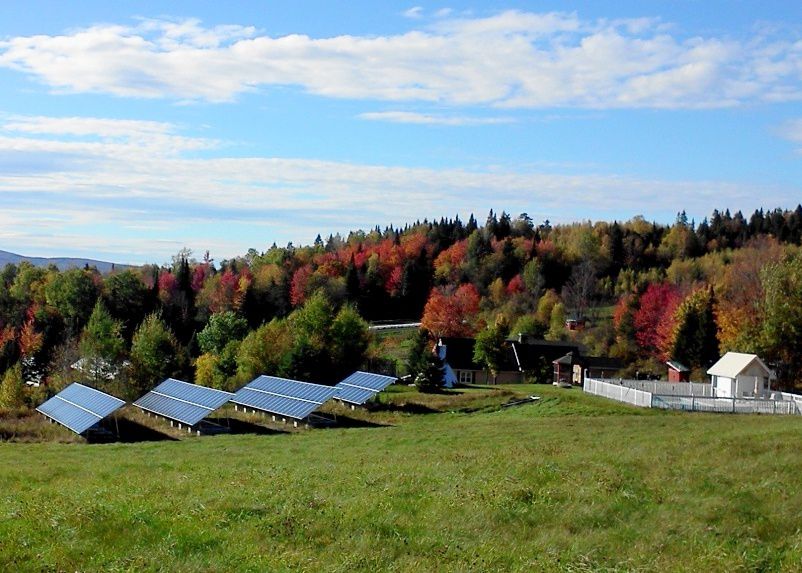
The main residential building also holds a garage and tools for the community to maintain their cars and other equipment (tractors, excavators, etc.). The community is currently in the design and planning phase for 3 new multifamily homes as well.
Approximately 60% of the electricity demanded by the community is provided by a large 145-160 KW solar array. One of their goals is to have a battery system for the array in order to be more energy autonomous.
WHAT WE'VE BEEN DOING
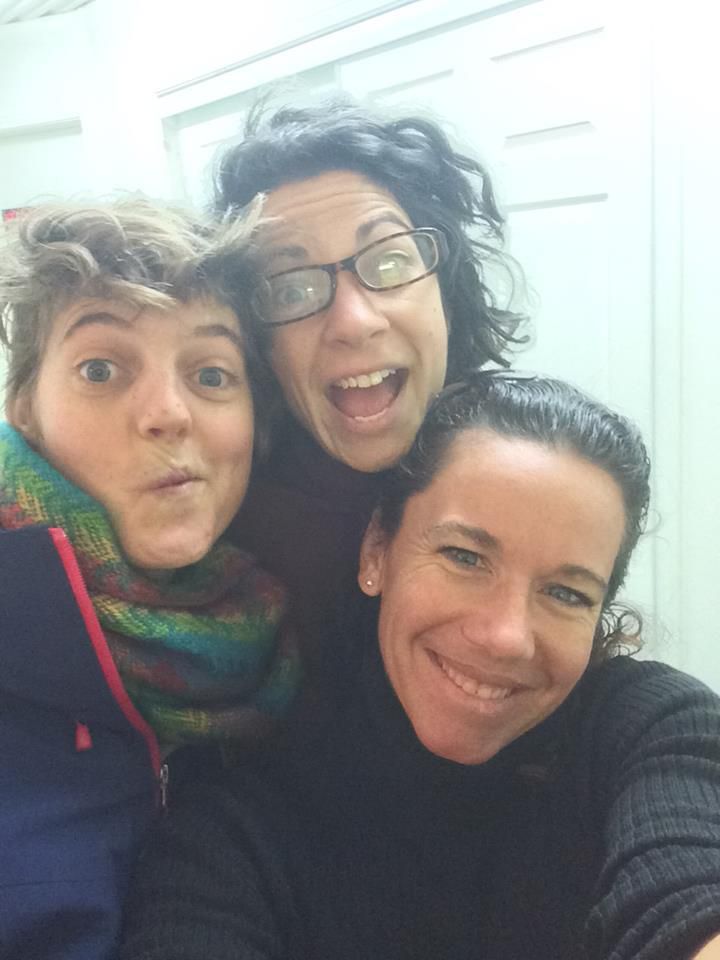
We arrived at Cité Écologique at the peak of fall foliage in northeast USA, and were warmly welcomed by Celesta, one of the high school aged members, and shown to a lovely, large RV where would would live for the two weeks of our stay. The next day we met with Leonie who was an endless stream of information about both Cité Écologique sites and made us feel welcome immediately. She is also Learning Center's coordinator and is in charge of volunteers, interns and general visitors of the site. Leonie had lived in the Ham-Nord village since she was a small child and then moved to New Hampshire to help start the Colebrook site. She shared her deep passion for community and education with us and enthusiastically and patiently explained the history, future projects and current happenings at Cité Écologique over dinner, lunches, hikes on the property and on our drive to visit Ham-Nord.

We also worked during our stay (of course!), which included 7 hours either on the farm, or working in the kitchen. The kitchen provides lunch for the entire community five days a week and is a constant team of 2 with a third assistant most days (from different community members). The farm, of course, had a lot of work to do during our stay as it is fall harvest season. For the most part Laura worked in the kitchen and Agathe on the farm.
New Earth Organic Farm

When we arrived, there were still many tasks on the farm to be done, so Agathe worked closely with the farm team (Gloria, Vanessa, Luc and Pierre) and learned a lot. Her tasks included harvesting all sorts of veggies, putting beds to rest for winter, and preparing greenhouse beds for winter crops.
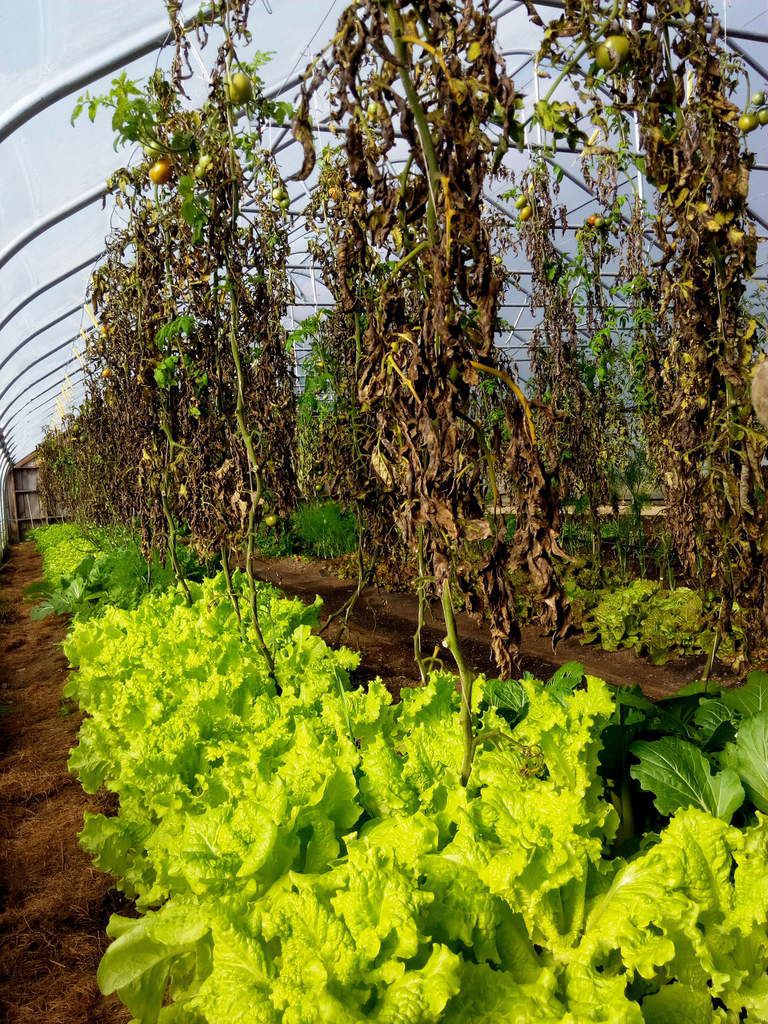
By this time of year the farm would have usually stopped producing crops like tomatoes and cucumbers, but since they were in the greenhouse and the temperatures had been very mild, they were still being harvested. In addition, the farm team had used intercropping methods, tomatoes with lettuce for example, so they were in no hurry to remove the tomato plants from the beds as the lettuce crop was doing fine. Another interesting technique we learned was a new trellising system for the cucumbers which allows the farmer to lengthen the trellis string for the cucumber to continue growing upwards while keeping the fruits within reach.
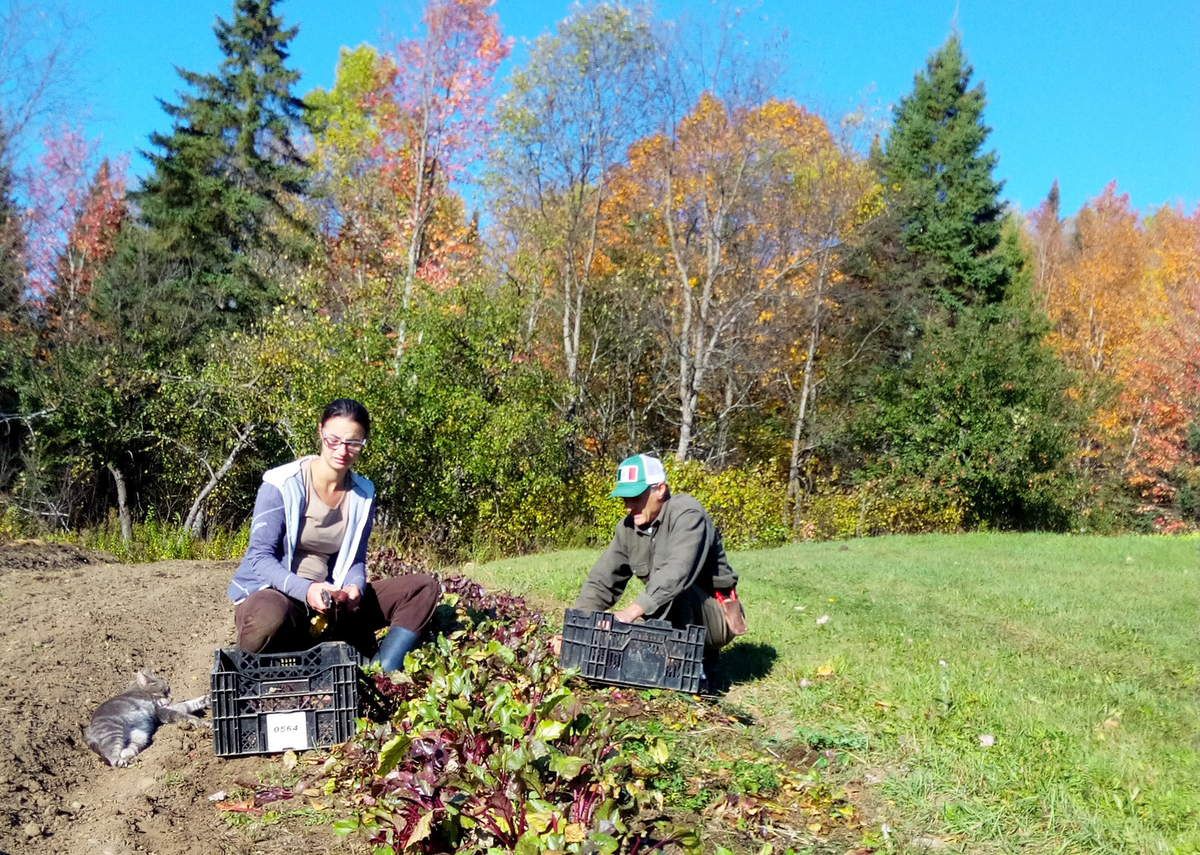
Agathe and the team also harvested and cleaned a bunch of root crops, including carrots (some of which were infected with carrot fly maggots which is found in only in northern climates) and beets.

The team would clean them in their homemade barrel turner and then leave them to dry before storing for the winter. They harvested other fresh veggies for the Cité Écologique kitchen, and for a local organic supermarket. Approximately half of the veggies and fruits produced on the farm are consumed by Cité Écologique and this provides approximately 40% of the veggies the community needs. The hope to continue expanding the farm to have 50-75% of their veggies and fruits grown directly on the farm.

Another big project was sorting dry beans for storage. The farm grew 2 different varieties of dry beans this year (lima beans and black beans ). They alternate the variety produced every year to be able to us their own seed from year to year without having to worry about cross-pollinisation. To sort the dry bean, the ecovillage built a thresher to help separate the beans from their shells more efficiently.

Then the majority of the dust and leftover shells are removed with the help of an air hose. The final sorting was done by hand, to get rid of the small bits of rock and moldy beans that were left over.
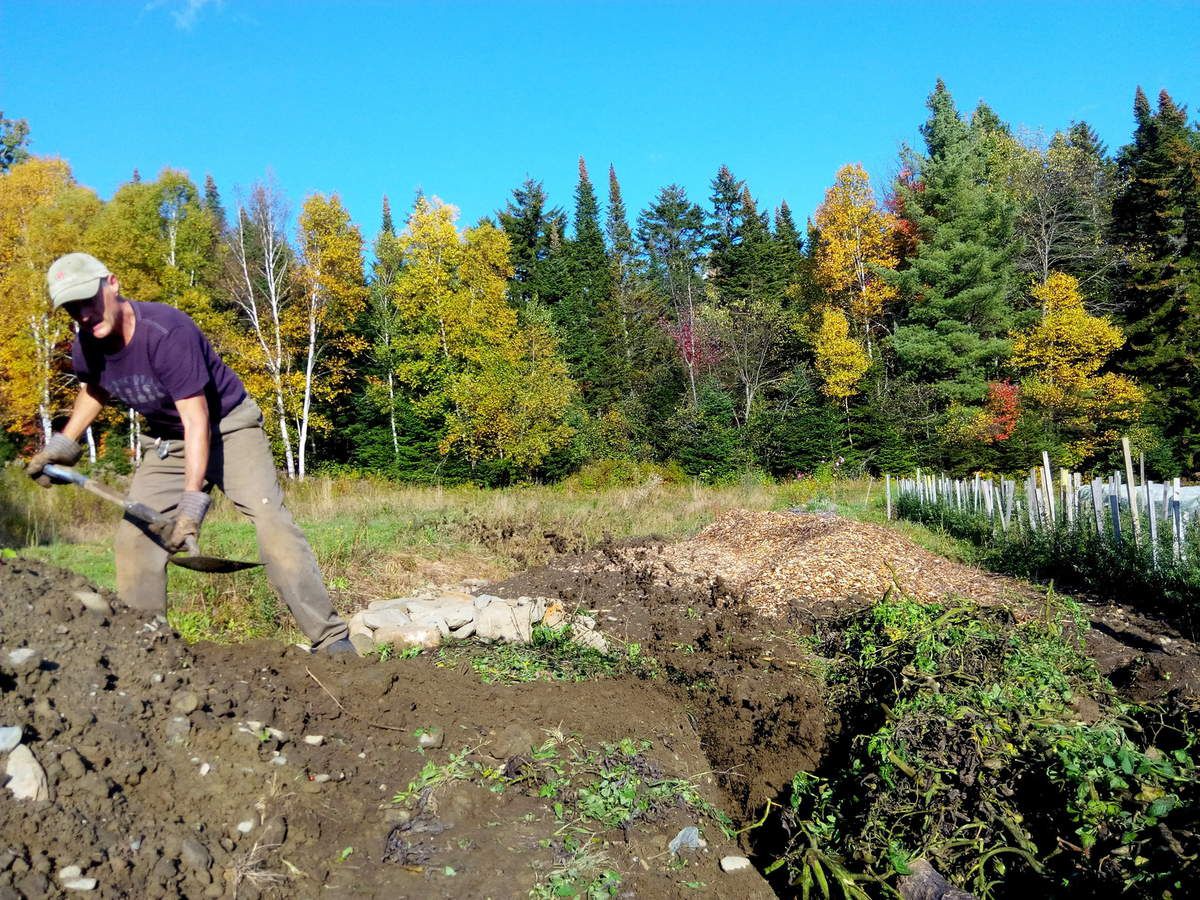
The garden team also worked on finishing a Hugel bed , which are raised beds filled with wood, branches, logs, leaves, grass or whatever biomass is available and then covered with soil. This technique enables, through a gradual decay of the biomass, the availability of nutrients for the plant on a long term basis. It also helps to create a nice texture of the soil and a reserve of moisture as the wood, branches, etc.,

act as sponge in wet weather and can then release this moisture in drier weather.
One of the farm tasks that involved the whole community was the garlic planting. After lunch one day, each member of the community helped the farm team split and sort garlic cloves making the job go much quicker! We were also joined by a few neighbors to help plant the garlic after the garlic "Working Bee" was finished. A wonderful example of people coming together for a common cause and a more efficient way of getting work done!
In the Kitchen
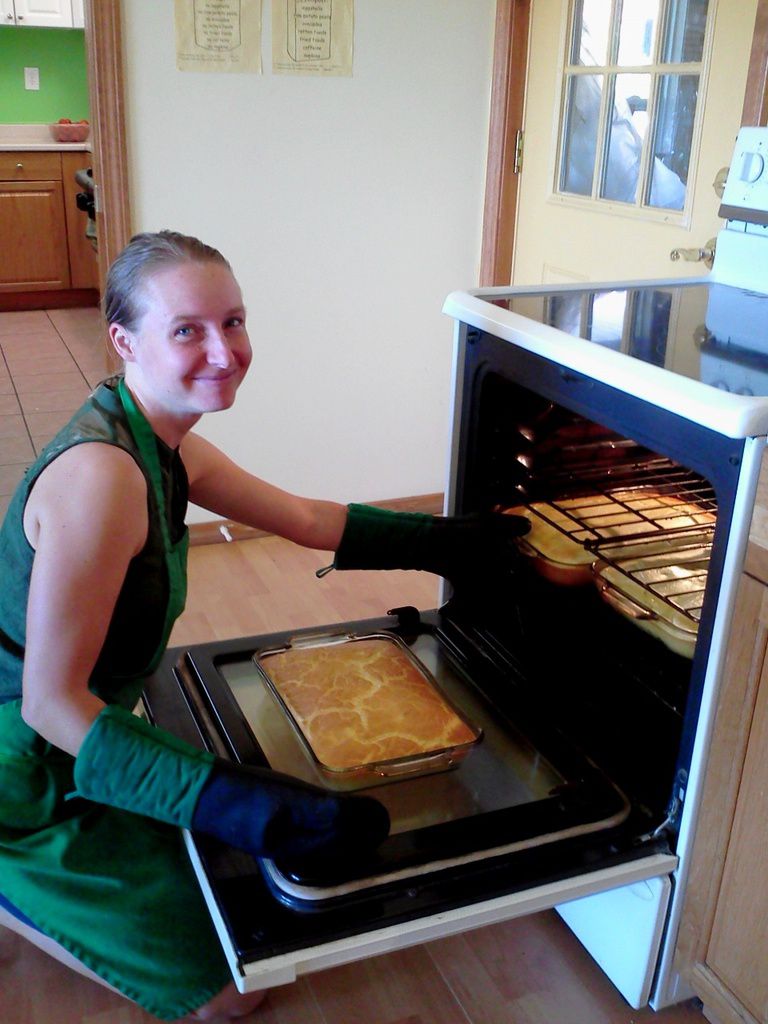
Laura worked mainly in the kitchen with Eve (the head chef), and Ping (the assistant chef) and were oftentimes joined by another member of the community depending on their schedule, to prepare lunch and other foods for the community. The community eats lunch together every Monday-Friday, and there is one community dinner every other week all prepared by the chefs, buffet style. The community has both vegetarian and omnivorous members but everyone is 'meat concious', not consuming many meat products. The Community itself is not vegetarian however, and in the kitchen, they cook 3 vegetarian meals on average per week and two poultry or fish dishes (with accompanying vegetarian options). Red meat and pork are allowed to be purchased and consumed by individuals and families, but are not purchased and provided by Cité Écologique.
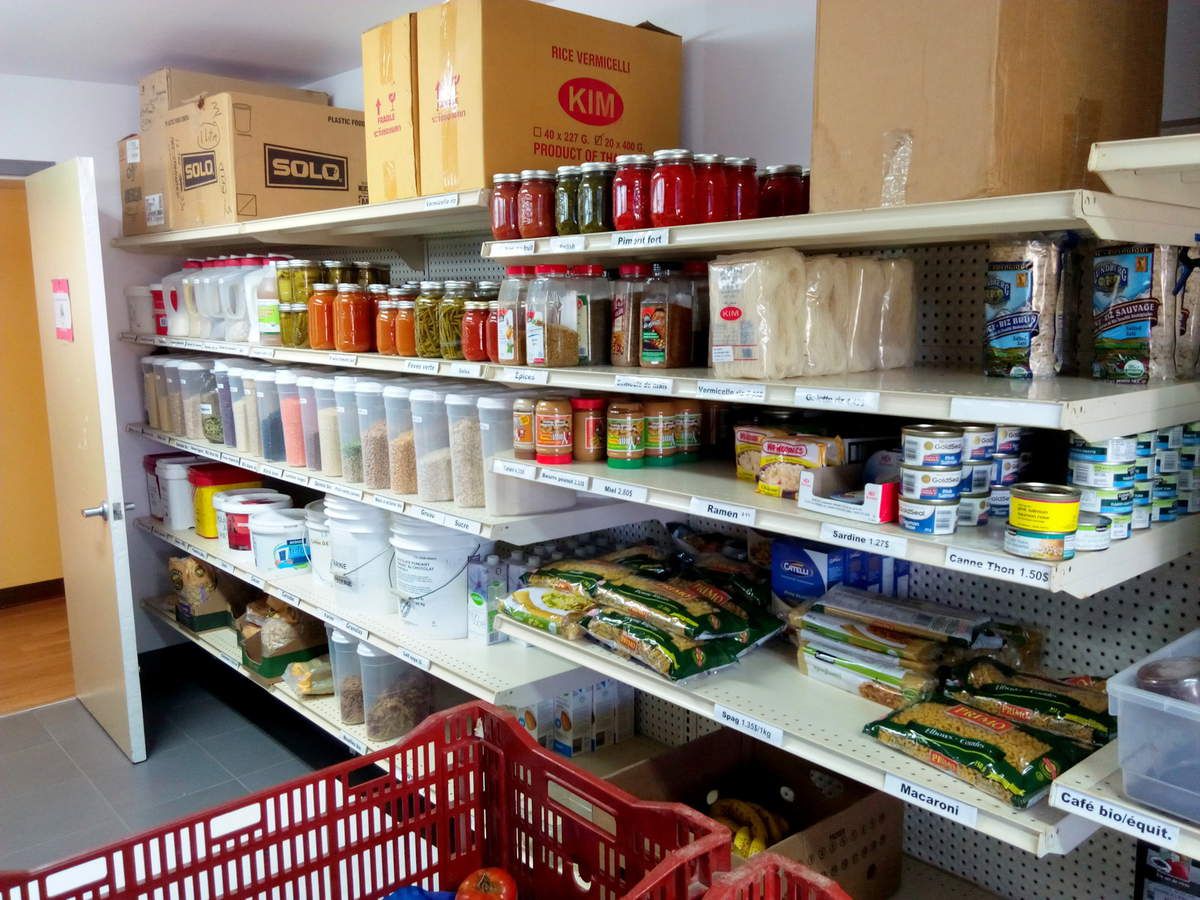
Members have free access to a storage room and walk-in fridges where a large variety of dry and canned goods (much of it in bulk) are kept including, grains, flours, nuts, dried fruits, nut butters, milk alternatives, sauces, etc., some frozen goods and of course all the fresh veggie they have available. Biodegradable and environmentally sound cleaning products, light bulbs, and other home goods are also stored in the dry storage rooms. The head chef is in charge of inventorying the stock and ordering more goods from each of the suppliers (mainly local and organic) which deliver twice per week and provide products that the community does not produce (dairy, grains, etc.).

The kitchen team is led by the head chef and they meet together once a week to plan the meals for the following week (there are also numerous head chefs to fill in during vacations. During our stay, the Head Chef Laura was on vacation). Their food planning is based on whatever vegetables are being harvested in the garden, what foods that were already harvested need to be used the fastest, what they have in storage and in the freezers and what foods have not been on the menu in a while to provide variety.
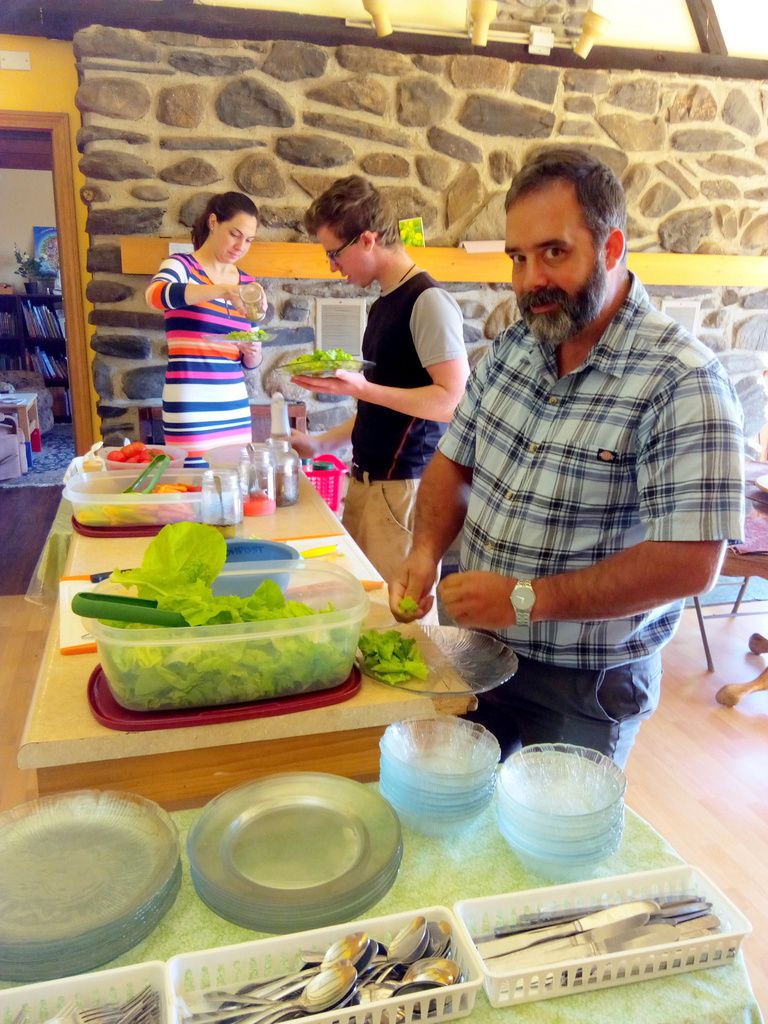
The basic schedule in the kitchen is to prepare lunch in the morning which consists of a fresh salad bar, one main hot dish and one hot veggie dish. There are often desserts as well depending on the fruits being harvested (and what has been frozen). The main dishes the cooking team prepared during our stay included cheese soufflee, leek pie, stuffed delicata squash, homemade fallafel with fire roasted red peppers and a Thai coconut curry. Every member of the community cleans their own dishes from lunch and the school children (there are currently 10 kids age 7-17) do the rest of the clean-up.
After lunch, prep work is done for the next day and other food is prepared such as salad dressings, or foods for members to take to their own living quarters. This includes Cité Écologique's famous 'vegetarian pate,' certain condiments like mayonnaise and fresh yogurt.

One special activity was working with a visitor named Conner from an ecovillage in Alaska called Ionia. At Ionia, the community members try to eat only a macrobiotic diet which is influenced by Zen Buddhism and aims to balance the yin and yang elements of food and cooking. In keeping with passion for macrobiotic food, Conner worked with us to make some beautiful jars of kimchi (spicy Korean style pickled vegetables).

The Cité Écologique kitchen team hopes to expand in the future to have preservation leader who will focus on the preserving and canning excess veggies from the farm as they are not yet up to their full potential, and the freezers are already full!
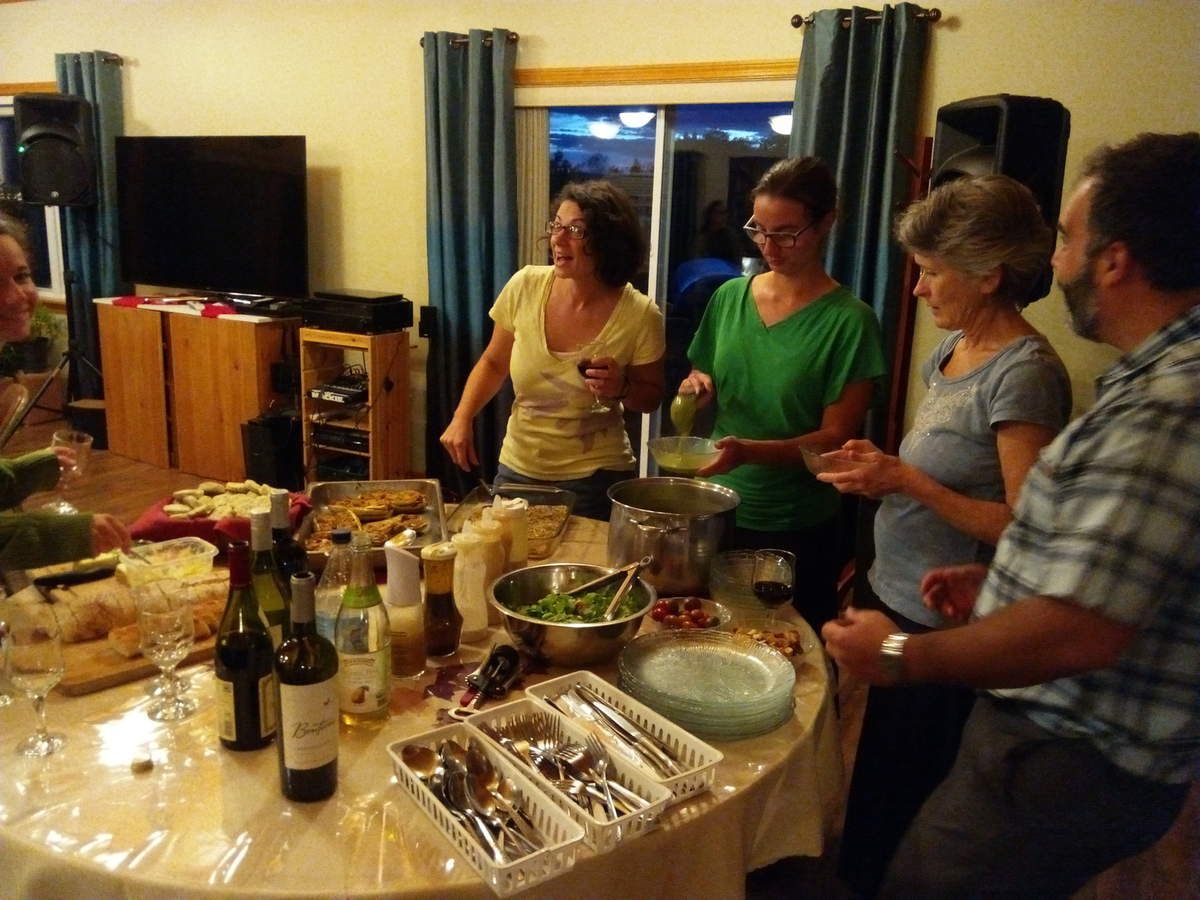
Seeing an established ecovillage that has been together for over 30 years was wonderful and inspiring. Some of the things we observed that seemed very special to us at Cité Écologique was the overall happiness and contentedness of community members, the low level of stress, a clear interest and pride in each person's roles and activities and also the kindness that was constantly given and reciprocated.
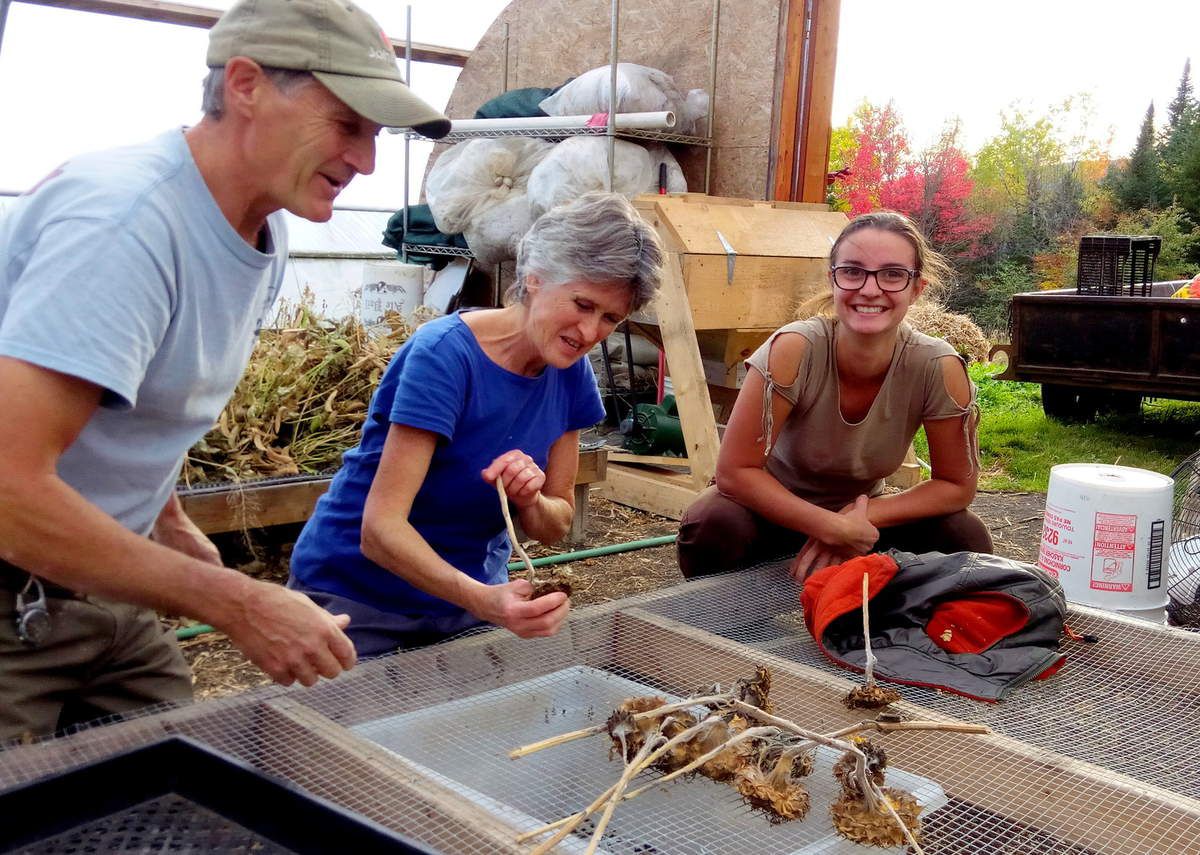
Not only did we feel very welcome at Cité Écologique in Colebrook and were even given a lovely and delicious farewell dinner, but we also were shown the same kindness when visiting the Ham Nord site even though we were only there for two days. Thank you everyone for making us feel welcome, but especially Luc, Vanessa and Gloria from the farm team, Eve and Ping from the kitchen and Leonie our main host for the good times, thoughtful conversations and lovely food! We hope to see you all again!

/image%2F2290813%2F20170309%2Fob_c3d2f0_img-0882.JPG)


/image%2F2290813%2F20180223%2Fob_143b8f_img-20180215-103318.jpg)
/image%2F2307948%2F20180201%2Fob_9c248e_img-2880.JPG)
/image%2F2290813%2F20170725%2Fob_192065_dscn3323.JPG)
/image%2F2290813%2F20170626%2Fob_2db392_dscn1652.JPG)
/image%2F2290813%2F20170313%2Fob_bbf005_img-1712.JPG)